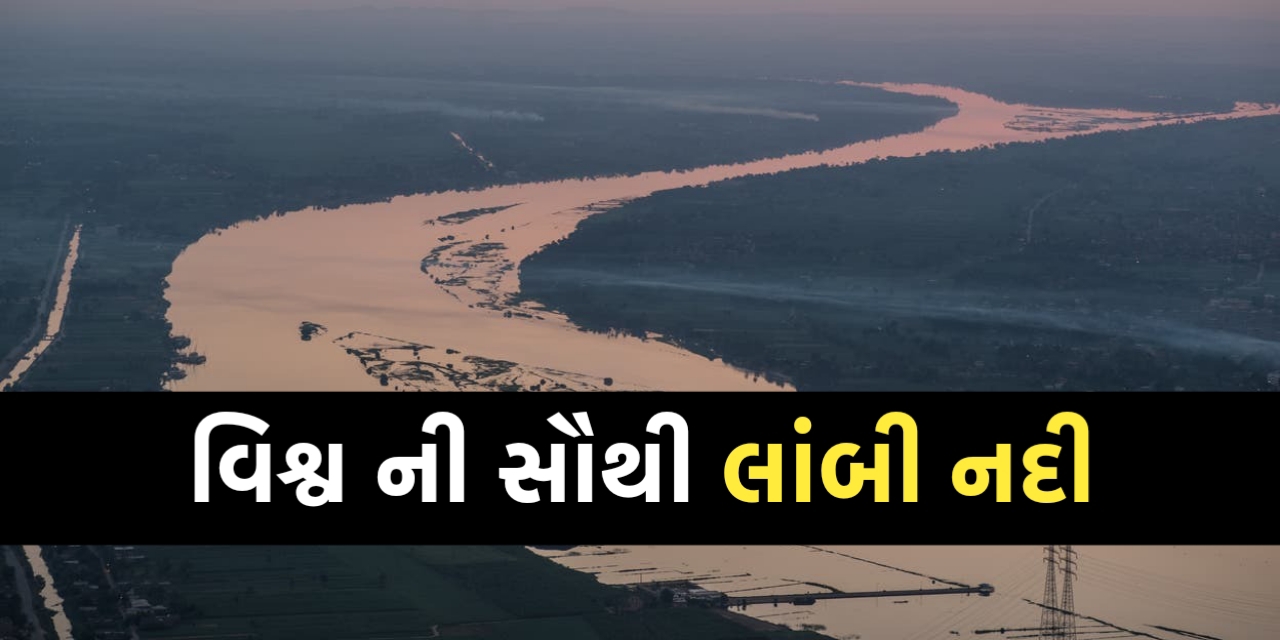The Nile River, Baur al-Nil or Nahr al-Nil in Arabic, is the longest river in the world, known as the father of African rivers. It originates from the south of the equator and flows north through northeastern Africa and falls into the Mediterranean Sea. It is approximately 4,132 miles (6,650 km) in length and drains an estimated 1,293,000 square miles (3,349,000 km²). Its basin includes parts of Tanzania, Burundi, Rwanda, the Democratic Republic of the Congo, Kenya, Uganda, South Sudan, Ethiopia, Sudan, and the cultivated part of Egypt. Its most distant source is the Kagera River in Burundi.
The Nile River is made up of three major streams: the Blue Nile (Arabic: al-Baʿr al-Azraq; Amharic: Abay) and Atbara (Arabic: Nahr Abbarah), which flow through the highlands of Ethiopia, and the White Nile (Arabic: ). Al-Baur al-Abyd), whose main streams flow into Lakes Victoria and Albert.
Follow the course of the Nile, the longest river in the world
Follow the path of the Nile, the longest river in the worldView all videos for this article
The name Nile is derived from the Greek Nilos (Latin: Nilus), possibly derived from the Semitic root naal, meaning a valley or a river valley and hence, by extension of meaning, a river. The fact that the Nile—unlike the other great rivers known to them—flowed from south to north and flooded during the hottest times of the year was an unsolved mystery to the ancient Egyptians and Greeks. The ancient Egyptians called the river Ar Ya and (Coptic: Iaro) “black” in reference to the color of the sediment carried by the river during floods. The indigo soil is so black that the land is given its oldest name Kem or Kemi, which also means “black” and signifies darkness. In the Odyssey, the epic poem written by the Greek poet Homer (seventh century BCE), Aegyptos is the name of the Nile River (masculine) as well as Egypt (feminine) the country through which it flows. In Egypt and Sudan the Nile is now called al-Nil, al-Baur, and Baur al-Nil or Nahr al-Nil.

Roman Kiosk, Nile River
The Nile River basin, which covers about one-tenth of the continent’s area, served as the stage for the growth and decay of advanced civilizations in the ancient world. On the banks of the river lived a people who were among the first to develop agriculture and use the plough. The basin is bounded by the Mediterranean Sea to the north; in the east by the Red Sea hills and the Ethiopian plateau; to the south by the East African Highlands, which includes Lake Victoria, the source of the Nile; and to the west by the less well-defined watershed between the Nile, Chad, and Congo basins, which extends northwest to the Marra Mountains of Sudan, the Jilf al-Kabir plateau of Egypt, and the Libyan Desert (part of the Sahara).
natural geography of the river
It is believed that about 30 million years ago, the early Nile River, which was then a very small stream, had its sources at about 18° to 20° north latitude. Then its main stream would have been the present Atbara river. Laying to the south was the vast drainage system containing the huge Sudd Lake. According to one theory on the evolution of the Nile system, about 25,000 years ago the East African drainage to Lake Victoria developed an outlet northwards, sending its waters into Lake Sud. Due to the accumulation of sediment over a long period of time, the water level of this lake gradually increased and, as a result of overflow, the lake dried up and spread to the north. The overflow waters of Lake Sud, rapidly forming a river bed, connected the two major parts of the Nile system, thus unifying the drainage from Lake Victoria to the Mediterranean Sea.

